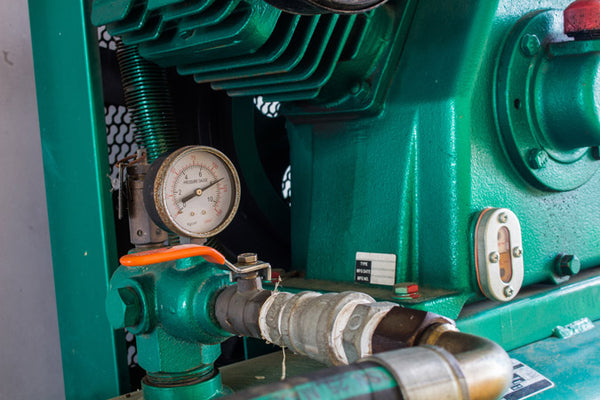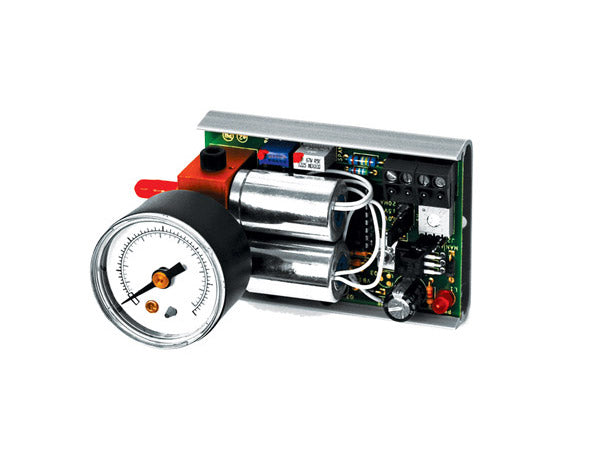8 Tips on Operating a Pneumatic Interface

- Main air pressure must be maximum of 25 psig.
- Branch volume should be at least 2 cubic inches.
- If the controlled device bleeds air, then a PXP0.3 or PWP0.3 interface is suggested.
- Seal any leaks in the branch line.
- Blow out any loose contamination from the orifice that might be blocking air.
- Apply teflon tape to gauge or plug to prevent air leakage.
- If the pneumatic interface "LEAKS", increasing branch line pressure, hold a finger over the bleed orifice and input a low signal. If pressure starts increasing:
- a. Remove the branch line
- b. Power up unit and give a maximum signal
- c. Place finger over branch port and tap for a couple of seconds. This could allow any debris to be blown out.
- d. Replace air lines and retest.
- If the pneumatic interface "LEAKS ", decreasing the branch line pressure, hold a finger over bleed orifice & input a high signal. If the pressure starts decreasing:
- a. Pinch branch line tubing. If pressure is stable, then check for leaks beyond the interface in the branch line
- b. If pressure is still decreasing, then check at the interface
- Remove both air lines
- Place main air on branch port
- Tap finger over the exhaust hole for a few seconds. This could allow any debris to be blown out)
- Replace air lines and retest.
← Older Post
Newer Post →
0 comments



